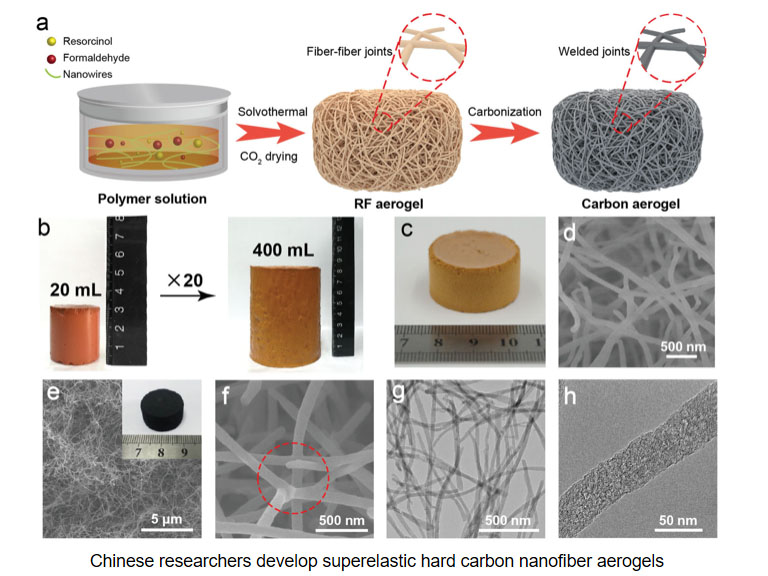
-
 Afrikaans
Afrikaans -
 Albanian
Albanian -
 Amharic
Amharic -
 Arabic
Arabic -
 Armenian
Armenian -
 Azerbaijani
Azerbaijani -
 Basque
Basque -
 Belarusian
Belarusian -
 Bengali
Bengali -
 Bosnian
Bosnian -
 Bulgarian
Bulgarian -
 Catalan
Catalan -
 Cebuano
Cebuano -
 China
China -
 China (Taiwan)
China (Taiwan) -
 Corsican
Corsican -
 Croatian
Croatian -
 Czech
Czech -
 Danish
Danish -
 Dutch
Dutch -
 English
English -
 Esperanto
Esperanto -
 Estonian
Estonian -
 Finnish
Finnish -
 French
French -
 Frisian
Frisian -
 Galician
Galician -
 Georgian
Georgian -
 German
German -
 Greek
Greek -
 Gujarati
Gujarati -
 Haitian Creole
Haitian Creole -
 hausa
hausa -
 hawaiian
hawaiian -
 Hebrew
Hebrew -
 Hindi
Hindi -
 Miao
Miao -
 Hungarian
Hungarian -
 Icelandic
Icelandic -
 igbo
igbo -
 Indonesian
Indonesian -
 irish
irish -
 Italian
Italian -
 Japanese
Japanese -
 Javanese
Javanese -
 Kannada
Kannada -
 kazakh
kazakh -
 Khmer
Khmer -
 Rwandese
Rwandese -
 Korean
Korean -
 Kurdish
Kurdish -
 Kyrgyz
Kyrgyz -
 Lao
Lao -
 Latin
Latin -
 Latvian
Latvian -
 Lithuanian
Lithuanian -
 Luxembourgish
Luxembourgish -
 Macedonian
Macedonian -
 Malgashi
Malgashi -
 Malay
Malay -
 Malayalam
Malayalam -
 Maltese
Maltese -
 Maori
Maori -
 Marathi
Marathi -
 Mongolian
Mongolian -
 Myanmar
Myanmar -
 Nepali
Nepali -
 Norwegian
Norwegian -
 Norwegian
Norwegian -
 Occitan
Occitan -
 Pashto
Pashto -
 Persian
Persian -
 Polish
Polish -
 Portuguese
Portuguese -
 Punjabi
Punjabi -
 Romanian
Romanian -
 Russian
Russian -
 Samoan
Samoan -
 Scottish Gaelic
Scottish Gaelic -
 Serbian
Serbian -
 Sesotho
Sesotho -
 Shona
Shona -
 Sindhi
Sindhi -
 Sinhala
Sinhala -
 Slovak
Slovak -
 Slovenian
Slovenian -
 Somali
Somali -
 Spanish
Spanish -
 Sundanese
Sundanese -
 Swahili
Swahili -
 Swedish
Swedish -
 Tagalog
Tagalog -
 Tajik
Tajik -
 Tamil
Tamil -
 Tatar
Tatar -
 Telugu
Telugu -
 Thai
Thai -
 Turkish
Turkish -
 Turkmen
Turkmen -
 Ukrainian
Ukrainian -
 Urdu
Urdu -
 Uighur
Uighur -
 Uzbek
Uzbek -
 Vietnamese
Vietnamese -
 Welsh
Welsh -
 Bantu
Bantu -
 Yiddish
Yiddish -
 Yoruba
Yoruba -
 Zulu
Zulu
Exploring the Design and Uses of Tapered Drill Strings in Various Applications
A Closer Look at Tapered Drill Strings Design and Applications
In the realm of drilling technologies, tapered drill strings represent innovative engineering solutions tailored to meet the diverse challenges encountered in various drilling environments. These drill strings are characterized by a gradual reduction in diameter, allowing for improved efficiency, versatility, and performance. This article delves into the design attributes and applications of tapered drill strings, shedding light on why they have become essential tools in modern drilling operations.
Design Features
The design of a tapered drill string primarily revolves around its unique geometry—starting with a wider diameter at the drill bit and progressively narrowing down toward the surface. This tapering serves several critical functions. First and foremost, it reduces the weight of the drill string, improving its handling and lowering the risk of fatigue-related failures. A lighter string also translates to lower rig power requirements, which can enhance overall operational efficiency.
Additionally, the tapered design facilitates better mud flow—essential in clearing debris and cooling the drill bit during operations. Enhanced mud circulation leads to improved hole cleaning, minimizing the risk of stuck pipes. The design also allows for easier maneuverability in complex formations, offering enhanced control during directional drilling processes. Moreover, the flexibility of tapered drill strings enables them to adapt efficiently to varying geological conditions, making them suitable for both drilling deep wells and navigating through challenging rock formations.
Applications
tapered drill string a closer look at its design and applications

Tapered drill strings find a wide array of applications across multiple sectors, including oil and gas exploration, geothermal drilling, and water well drilling. In oil and gas drilling, employing tapered strings enhances drill bit penetration rates, allowing teams to reach target depths more efficiently. This capability is particularly advantageous in deepwater drilling projects, where managing weight and mitigating risks associated with high-pressure environments are paramount.
In geothermal drilling, tapered drill strings contribute significantly to optimizing energy extraction processes. Their ability to handle high-temperature and high-pressure conditions makes them suitable for accessing geothermal reservoirs, facilitating the energy transition toward renewable resources. The efficient heat transfer provided by these drill strings not only improves drilling performance but also enhances the overall thermal efficiency during energy extraction.
Similarly, in the realm of water well drilling, the adaptability of tapered drill strings enables operators to efficiently penetrate varying geological formations. By using a tapered design, drillers can minimize the risk of collapse in weaker formations while maintaining stability in more robust layers. This versatility leads to increased success rates in water well installations, an essential requirement for communities dependent on groundwater resources.
Conclusion
The tapered drill string is a pivotal advancement in drilling technology, characterized by its innovative design and versatile applications. By reducing weight, enhancing mud flow, and providing adaptability in challenging geological conditions, tapered strings have positioned themselves as critical components in numerous drilling operations. As industries continue to push the boundaries of exploration and resource recovery, the significance of tapered drill strings is only expected to grow, driving advancements in drilling techniques and contributing to more efficient and sustainable practices across the board. Understanding the design and application nuances of these drill strings will undoubtedly play a crucial role for engineers and operators committed to leveraging technology for optimal drilling performance.









